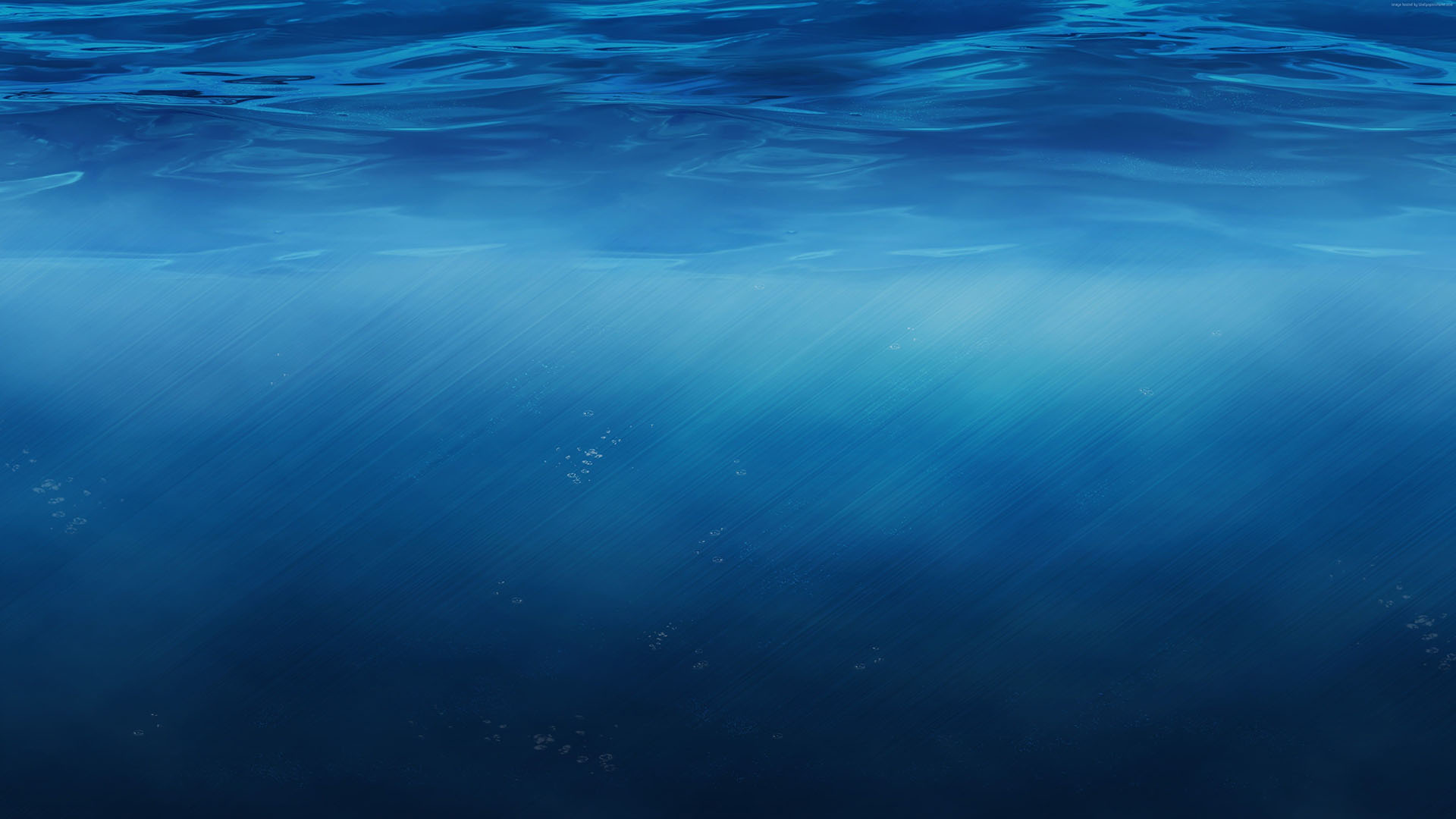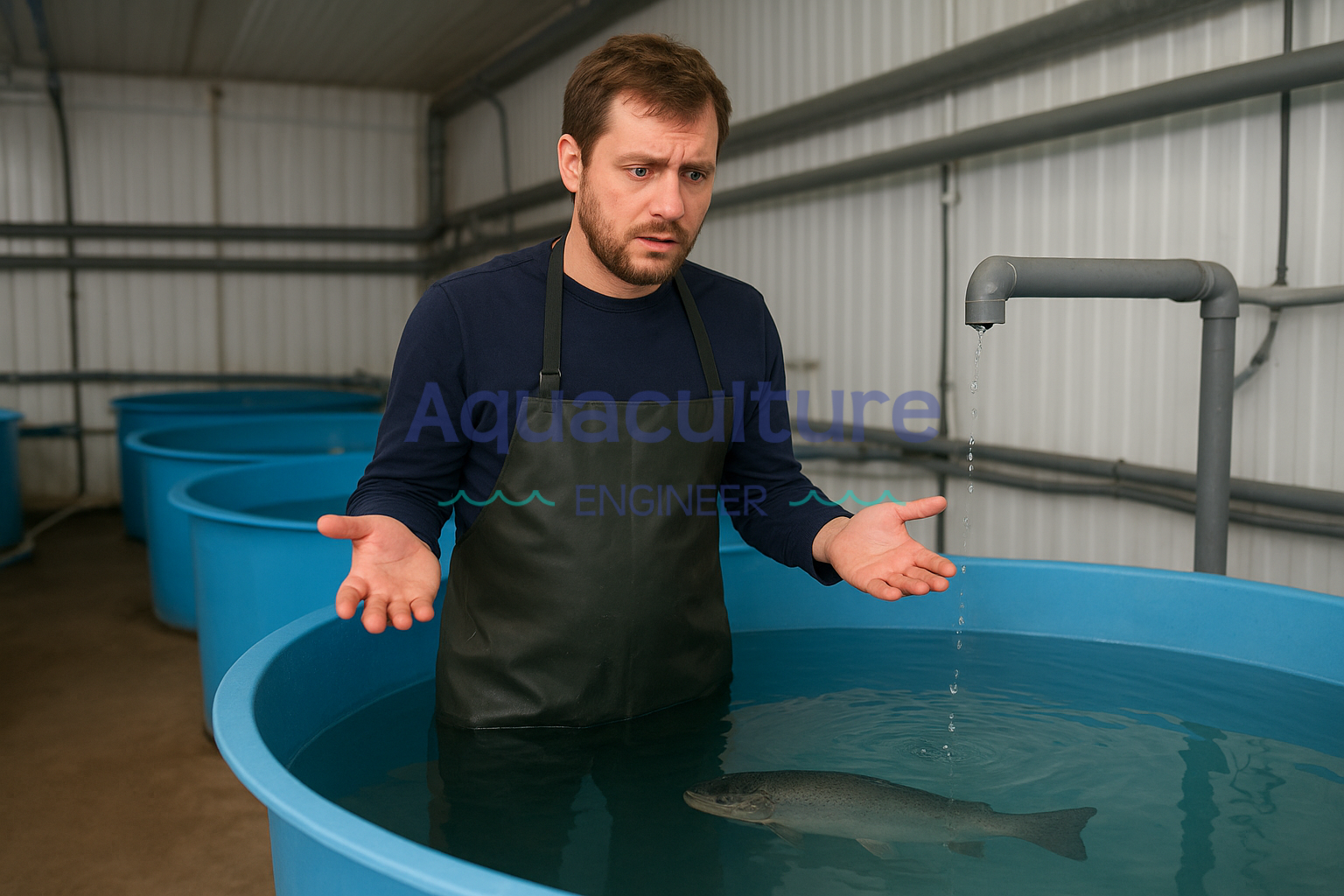

Recirculating Aquaculture Systems (RAS) are complex and costly projects that require deep technical expertise and precise engineering. Mistakes made at the design or construction stage often result in massive financial losses, reduced efficiency, and in some cases — complete failure of the farm.
In this article, we review the most common mistakes in RAS aquaculture projects and explain how to avoid them.
Mistake: starting the construction of a fish farm without conducting a proper market analysis, feasibility study, or financial model.
Consequences: the farm may prove unprofitable — either there is no stable demand for the product, or the production cost is higher than the market price.
How to avoid: conduct a comprehensive market study before construction, including demand, competition, pricing, and a full business plan.
Mistake: choosing the fish species based on personal preference rather than market demand and biological requirements.
Consequences:
How to avoid: always start with a market analysis. Select proven species with existing technologies, established demand, and available expertise.
Mistake: choosing land based on low price or convenience while ignoring water supply, energy needs, logistics, and staffing.
Consequences:
How to avoid:
Mistake: incorrect calculation of thermal balance or poor insulation. In many cases, operators try to maintain low water temperatures with increased water exchange.
Consequences:
How to avoid: calculate a precise thermal balance and ensure proper insulation of the facility. Use chillers, geothermal cooling, or advanced insulation materials instead of relying on water exchange.
Mistake: purchasing so-called “universal biofilter systems” that are not designed for the specific fish species.
Consequences:
How to avoid: biofiltration must be calculated for each project based on fish species (carnivores, herbivores, cannibalistic species, cold-water or warm-water). Work only with engineering companies that provide custom RAS design instead of standard kits.
Mistake: reducing costs by avoiding automation.
Consequences:
How to avoid: install monitoring systems for dissolved oxygen, pH, temperature, and ammonia. Use automated alarms, redundancies, and backup systems.
Mistake: designing the system without considering operational convenience.
Consequences:
How to avoid: design with operators in mind. Optimize tank placement, workflows, and access routes for equipment, staff, and fish handling.
Mistake: launching the entire RAS facility at full capacity from day one.
Consequences:
How to avoid: introduce gradual commissioning — start with small biomass, stabilize the biofilter, test systems, and only then scale up.
Mistake: relying only on technology and ignoring the role of staff.
Consequences: even the best RAS systems fail due to untrained or careless operators.
How to avoid: train employees, hire aquaculture specialists with real RAS experience, and create a culture of responsibility and preventive maintenance.
Mistakes in RAS aquaculture design and construction can cost millions. Most failures are not caused by technology, but by poor planning: wrong species choice, unsuitable location, unreliable water or energy supply, or lack of trained staff.
By avoiding these common mistakes and relying on professional aquaculture engineering, investors and operators can significantly increase the success rate of their projects.
💡 Contact me to get a free initial consultation and learn how to avoid these mistakes in your fish farming project: Contact Aquaculture Engineer
© Dmitry Yakovlev